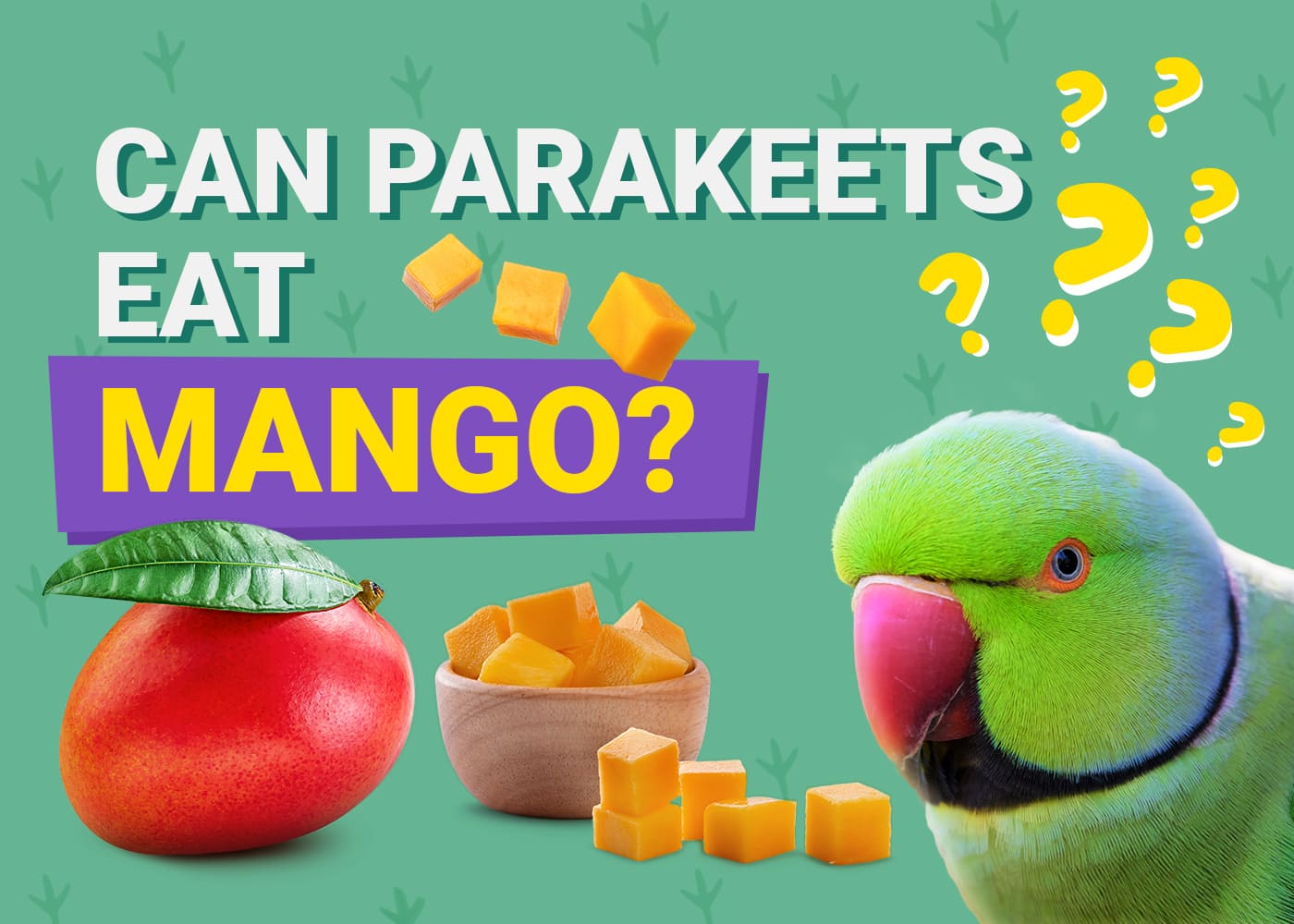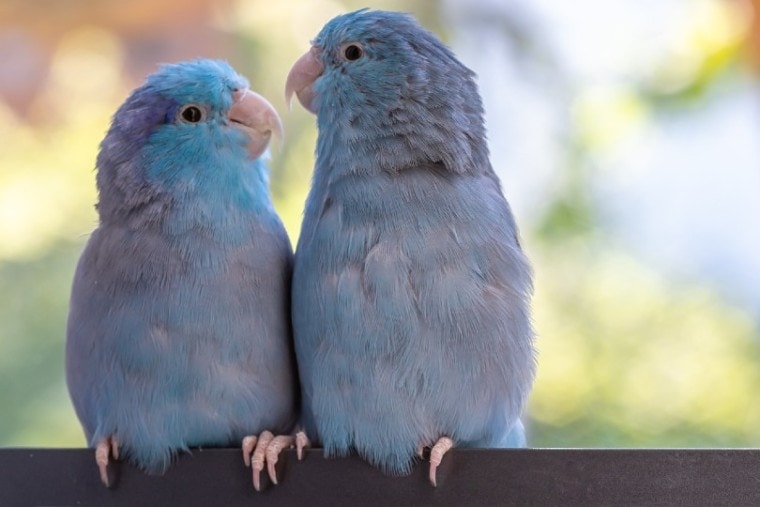
Pacific parrotlets are small intelligent, and charming birds. They come from a family of parrots and are the smallest. They are gaining popularity over the years since they have some unique character traits. They fit well in families because they hardly make noise.
Though they require some space for their play activities, even the people with limited space can keep parrotlets. In addition, their communication prowess is perfect because they can utter a few words. Thus, parrotlets make good pets, and their playful nature makes them ideal for any family.
Species Overview
| Common Names: | Pocket parrots, pacific parrots, Celestial parrots, lesson’s parrotlet |
| Scientific Name: | Forpus coelestis |
| Adult Size: | 4 – 4.8 inches (10 – 12 cm) |
| Weight: | 1.1 – 1.2 oz (31 – 34 grams) |
| Life Expectancy: | 25 – 30 years |
Origin and History
The pacific parrotlets are very popular, and you can get them in Central and South America. However, they are most widespread in Peru and Ecuador, meaning they inhabit tropical forests. The reason they are known as pocket parrots is because of their love for climbing in pockets.
The pacific parrotlets are small compared to other species. They spend most of their day in trees foraging for fruits and seeds. Though it has been a while since they were bred in captivity, they lead in the lists of birds kept as pets.
You will get them in a flock of 100. However, some grow larger than others, and you might mistake them for their cousin’s Amazon parrots. This is because they are very similar, especially in the way they look and their temperament.
Temperament
The parrotlets may be small, but their behavior may confuse you. The birds behave like they are big enough and demand your full-time attention.
Speech & Vocalizations
Don’t expect loud voices from parrotlets because they are soft-spoken. When they are talking is like they are whispering. So, their voice is not loud as their larger counterparts though they can utter few words like 15. But they tend to chirp and screech since it’s their nature to be vocal.
Pacific Parrotlet Colors and Markings
This bird’s normal coloration is mostly green. These are the original with no mutations and are very rare to find. However, pacific parrotlets also come in many color mutations, such as lutino, blue, Fallow yellow, fallow, pastel, cinnamon, white and albino.
Caring for the Pacific Parrotlet
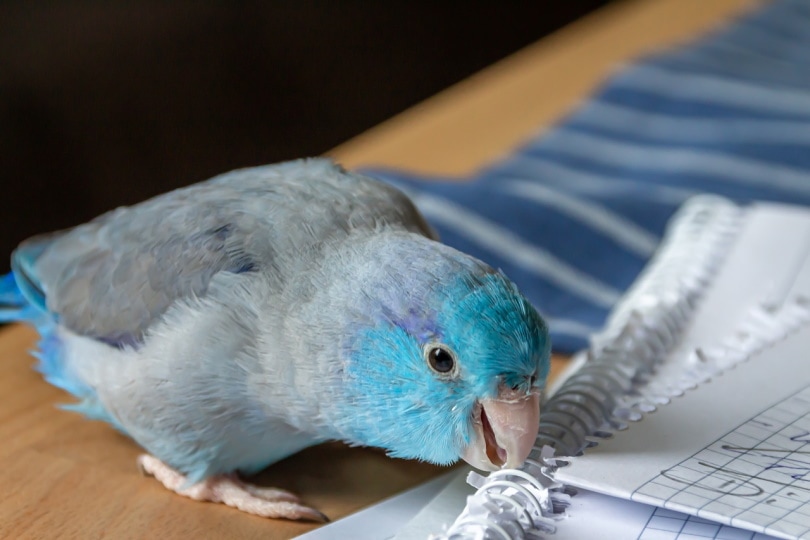
The parrotlet requires good maintenance tips to keep them happy and free from injuries. Here are several ways of caring for your Pacific Parrotlets.
Activity
They are small but require space. Opt for a cage size that is around 18 inches square. So, ensure they have a more significant bar spacing ranging from ½ to 5/8 inches.
Parrotlets are very destructive if left on their own. Mostly you will find them chewing things, nipping people, and other mutilating behaviors. Use toys to keep them entertained and distracted.
Supervision
They are small birds but getting in an accident and having injuries is very easy. So whenever they are out and not in the cage, make sure you supervise them. You can train them to stay on a stand and if they try to leave, take them back.
Grooming
They require grooming several times a year. Concentrate on wings, beaks, and toenails. The primary wings need trimming to restrict flying. The beaks don’t need much maintenance, but as the parrotlets get older, they may require trimming.
The trimming or filing of the beak should be done by a professional. The toenails are supposed to be filed using an emery board. If you notice any breeding, you can stop the filing.
Keep them Alone
They require proper handling since they rarely get along with other birds. They boss other birds and become aggressive and domineering, especially during feeding time. Most of the time, they can engage in fights. Since they act fearless, they don’t back down when they start a fight. Instead, they will fight along, which can be dangerous if the fights are between bigger pets.
Mating
They live peacefully with their mating partner. They remain faithful to one partner, and they raise their chicks together. The only time they leave their partner is when they cannot reproduce. Then, they can leave and get another partner.
Common Health Problems
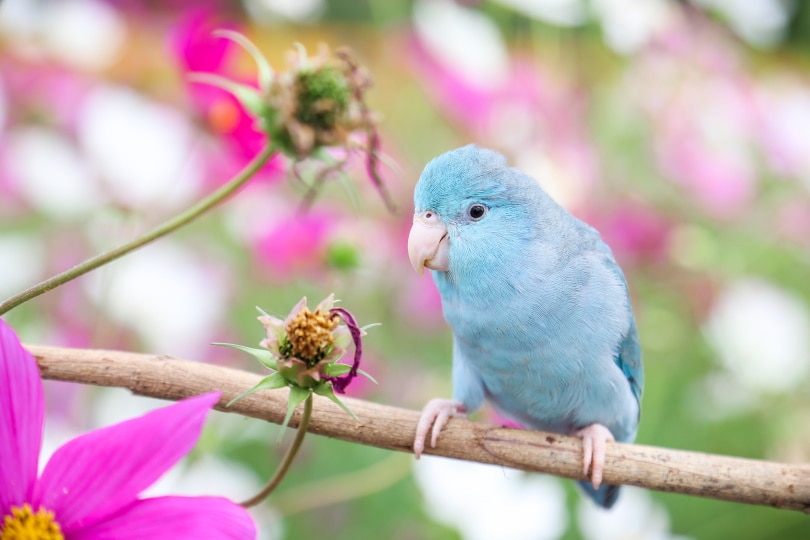
Parrotlets hardly get serious illnesses. But you can’t rule out illnesses since these birds are in captivity. That said, always be on the lookout so that you can get early detection.
Diet and Nutrition
Parrotlets are always eating. They have a huge appetite, so it is essential to keep food at their disposal all the time. Their diet consists of fruits, seeds, nuts, and cactus. There is a suspicion that they also feed on small insects though it is not verified.
You can feed them with dry seed and mix with safflower. Oats, buckwheat, and some sunflower are also good. In addition, you can give them spray millets, pellets, green leaves like lettuce, chickweed, seeding grasses, and Swiss chard.
For the young ones, you can supplement their meal for better growth. For example, you can opt to give the chick boiled eggs, cheese, carrots, or whole-grain bread. Also, add some fruits like apples or bananas for more nutritious benefits.
The laying eggs birds should be given calcium-rich foods. An example is a cuttlebone which is a good source of calcium. Therefore, their diet must consist of 50 % parrotlets diets, and the rest should be a balance between other foods.
Exercise
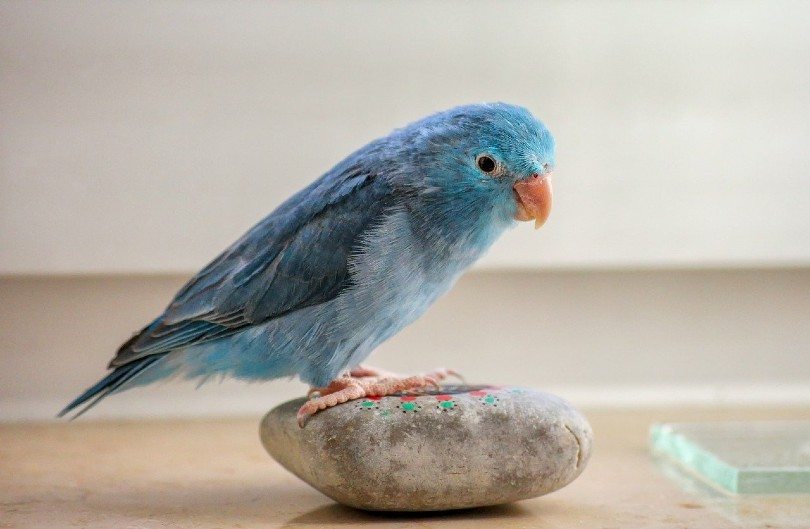
Parrotlets are very active, so they need a lot of play. Buy for them playing toys, and they will entertain themselves. Be creative and introduce some other playing materials. For example, some beads, bells, or swings tend to make them intrigued.
Give them some colored and shiny things to arouse their curiosity. Once in a while, you can place a branch in the cage for them to chew and climb. To enhance their hunting skills, incorporate safe challenges by creating foraging. For example, you can use woods like cherry, willow, or ash, etc.
Allow them to get out of their cages once in a while. That enables them to stretch their wings, and so they exercise their leg muscles. Once you combine that with their play, they will be physically fit and mentally stable.
Where to Adopt or Buy Pacific Parrotlets
You can adopt or buy pacific parrotlets from reputable online websites. There are various websites found online like adopt a life and Finder. There are also bird or parrot rescue centers that allow you to adopt the parrotlets. Avian welfare coalition is known to give much advice on the care of parrotlets.
They keep various types of bird species, so you can be sure to get good ones from them. Alternatively, you can search for bird breeders on the internet. Finally, you can opt to use exotic bird clubs and aviculture societies. They are helpful when searching for a reputable, quality local bird breeder.
Conclusion
Parrotlets are amazing birds to keep as pets. They are not noisy as their counterparts, so they are even ideal for people living in apartments.
Once you master how to keep them busy, they will live happily. Parrotlets can live up to 30 years in captivity if kept well and protected from dangers since they hardly get sick.
Featured Image Credit: analogicus, Pixabay







